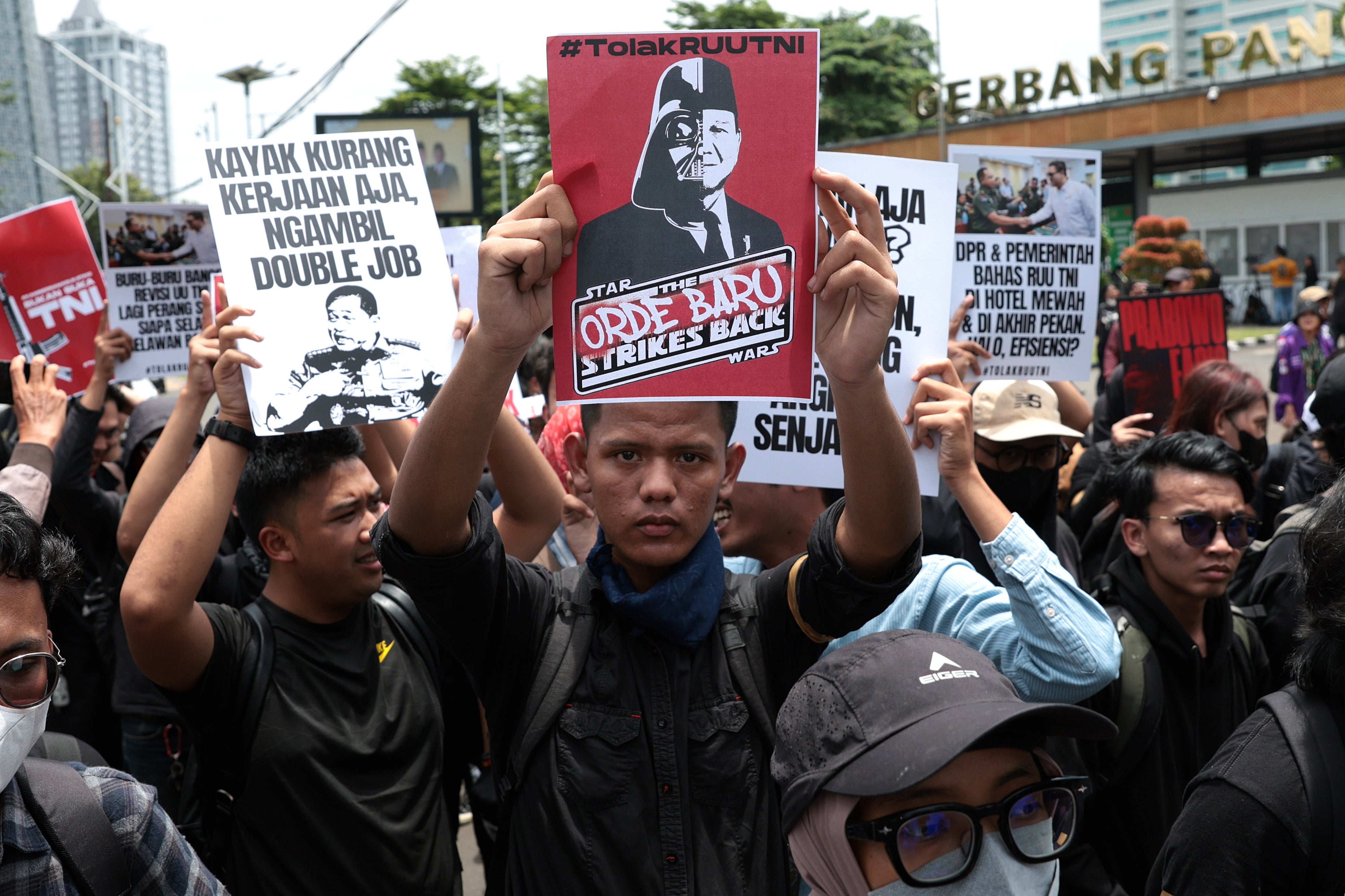Lunar Power Play: The Race for Moon-Based Nuclear Energy
In a bold move, China and Russia are set to collaborate on building a nuclear power plant on the moon, marking a significant shift in the global power dynamics of space exploration. As the U.S., China, and Russia vie for dominance, the lunar surface has become the new frontier for international competition. What does this mean for the future of space and global politics?
As the rivalry between the United States, China, and Russia intensifies, the focus has shifted from earthly disputes to the vastness of space. The moon, once an emblem of human achievement, is now at the center of a new geopolitical contest. China and Russia are planning to establish a nuclear power plant on the lunar surface, aimed at supporting a permanent research station. This ambitious endeavor is set against the backdrop of escalating tensions and competition among the world's superpowers.
The Lunar Ambitions of China and Russia
Recent developments have seen China and Russia openly discussing their plans for a nuclear reactor on the moon. The Chinese Chang E8 mission, scheduled for 2028, will serve as a foundation for this project, signaling a serious commitment to lunar exploration and habitation. Russia's space agency, Roscosmos, has announced its partnership with China's space agency to develop this nuclear facility, highlighting an unprecedented level of collaboration between the two nations in the realm of space.
This partnership is not merely a scientific venture but a strategic move that could alter the balance of power in space. The proposed lunar base, powered by nuclear energy, could provide a foothold for both countries in the race for resources and territorial claims beyond Earth.
Impact on U.S. Space Initiatives
The U.S. is not standing idly by as these plans unfold. With its Artemis program aiming to return astronauts to the moon by December 2025, America faces a formidable challenge. The establishment of a Chinese-Russian nuclear base poses significant implications not only for exploration but also for the militarization of space. The idea of a base that is inaccessible to NASA and its allies signals a shift toward exclusivity in space endeavors, raising concerns about the potential for conflict over lunar resources.
The competition extends beyond mere exploration; it encapsulates the struggle for technological superiority and control over extraterrestrial resources. As the moon becomes a battleground for geopolitical interests, the global landscape of power dynamics is poised for a transformative shift.
A New Era of Space Politics
The ambitions of China and Russia reflect a broader trend in which superpowers are increasingly viewing space as the next arena for asserting influence. This race to establish a presence on the moon could lead to an escalation of tensions, as nations grapple with the implications of their actions beyond Earth's atmosphere.
The collaboration between China and Russia in this lunar initiative raises critical questions about international cooperation in space. As countries pursue their interests, the potential for conflict looms large, underscoring the need for a framework that governs activities beyond our planet.
Conclusion
As China and Russia advance their plans for a nuclear-powered lunar base, the implications for global politics and space exploration are profound. The moon may soon become a focal point of rivalry, with the potential for both cooperation and conflict among the world's leading powers. As the race continues, the future of space will depend on how nations navigate these challenges and whether they can find common ground in the quest for exploration and discovery.
Stay tuned for more updates on the evolving dynamics of space exploration and international relations as the race to the moon heats up.
What's Your Reaction?















